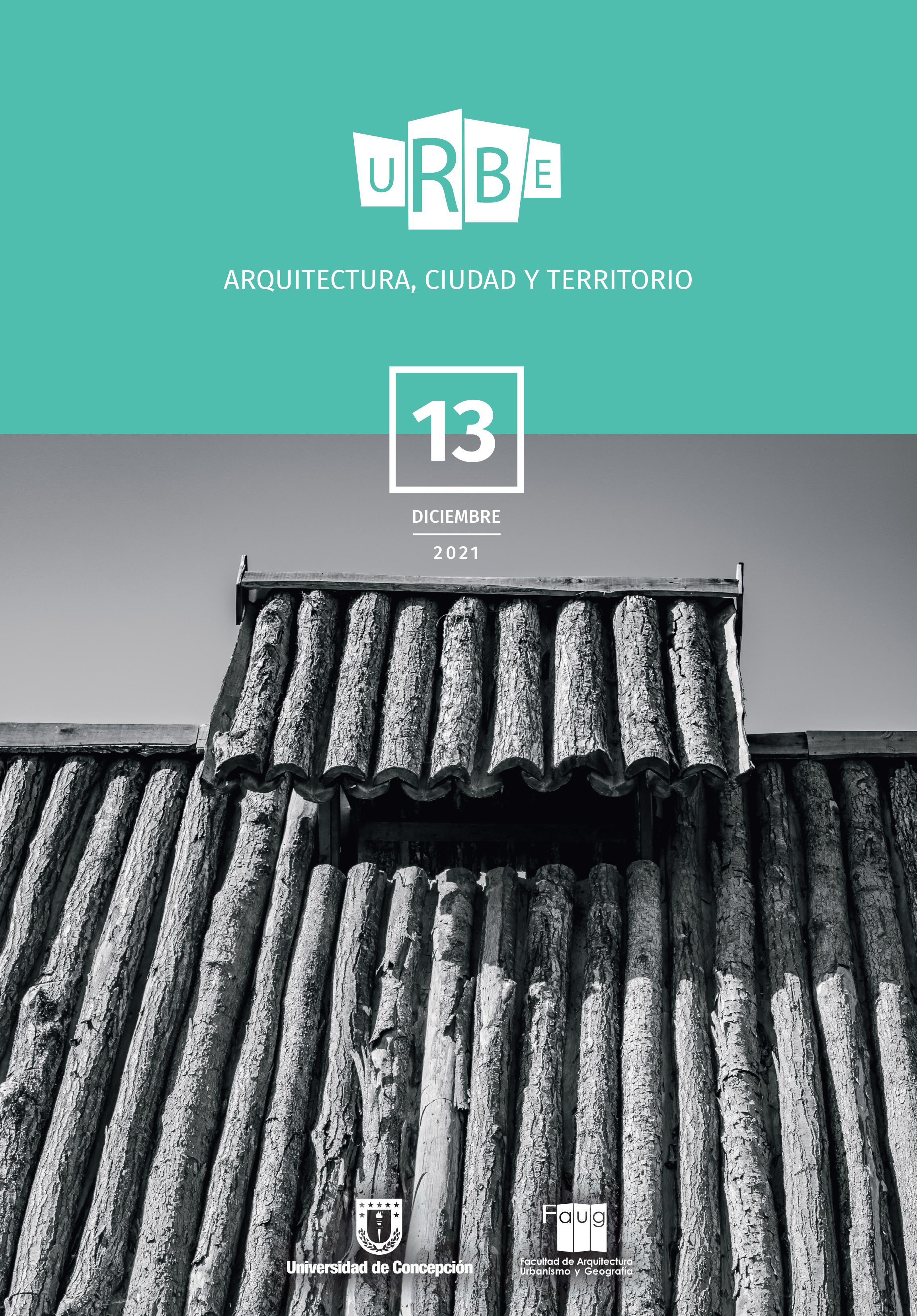Role of vegetation in control of urban microclimate and in adaptation to effects of climate change in a neighborhood located in San Pedro de la Paz, Chile
DOI:
https://doi.org/10.29393/UR13-3RVJP20003Keywords:
Microclimatic modeling, green infrastructure, thermal mitigation, urban heat islandAbstract
Climate change will have effects on urban areas, therefore it is essential to implement adaptation and mitigation measures. The objective of the study is to evaluate the effects of climate change on the urban microclimate in a neighborhood of San Pedro de la Paz, and the role that urban vegetation would play. Data from temperature sensors analyzed with spatial tools and Envi-met were used to perform models of potential air temperature under different scenarios of vegetation increase. Results indicate that vegetation notably influences the distribution of temperatures with tree cover being a determining factor in regulating the effects of the current and future urban microclimate under conditions of climate change. Although vegetation is key for these purposes, its potential increase depends on management and planning initiatives at the local level. Increasing the vegetation and homogenizing its spatial distribution will lead to more comfortable microclimatic conditions. Under climate change scenarios, urban vegetation represents a worthy strategy for adaptation and mitigation.Downloads
References
Alarcón, A. (2009). Análisis de la relación entre morfología y microclima urbano y el material particulado en las comunas de Santiago
Centro y Las Condes. Tesis de Magíster. Universidad de Chile. http://mgpa.forestaluchile.cl/Tesis/Alarc%C3%B3n,%20Alicia.pdf
Bartesaghi Koc, C., Osmond, P. y Peters, A. (2017). Towards a comprehensive green infrastructure typology: a systematic review of approaches, methods and typologies. Urban Ecosyst 20, 15–35. https://doi.org/10.1007/s11252-016-0578-5
Base Digital del Clima. (2017). http://basedigitaldelclima.mma.gob.cl/
Bastías, C. (2014). Espacio Público y seguridad. Análisis espacial del diseño urbano en el sector de San Pedro de la Costa y sus representaciones en la percepción de seguridad y calidad de vida de sus habitantes. Seminario de título para optar al grado de arquitecto. Universidad de Concepción.
Bruse, M. (2004). ENVI-met 3.0: Updated Model Overview. www.envi-met.com
De la Barrera, F., y Reyes-Paecke, S. (2020). Green infrastructures to mitigate extreme temperatures in cities. En: Palme M y ASalvati (eds). Urban Microclimate Modelling for Comfort and Energy Studies.
De la Barrera, F., y Henríquez, C. (2017). Vegetation cover change in growing urban agglomerations in Chile. Ecological Indicators, 81, 265-273.
Fernandez, F. y Martilli, A. (2012). El Clima urbano: aspectos generales y su aplicación en el área de Madrid. Índice: Revista de Estadística y Sociedad, (50), 21–24.
Fernández, I. y De la Barrera, F. (2018). Biodiversidad urbana, servicios ecosistémicos y planificación ecológica: un enfoque desde la ecología del paisaje. Capítulo 4. Pp.113-146.
Kabisch, N., Korn, H., Stadler, J. y Bonn, A. (2017). Nature-based Solutions to Climate Change Adaptation in Urban Areas. Linkages between Science, Policy and Practice. https://doi.org/10.1007/978-3-31956091-5
Ministerio del Medio Ambiente (MMA). (2018). Plan de Adaptación al CC en Ciudades 2018-2022. (En proceso de edición y diseño).
Published
How to Cite
Issue
Section

This work is licensed under a Creative Commons Attribution 4.0 International License.
Revista URBE. Arquitectura, Ciudad y Territorio tiene licencia de Creative Commons Attribution 4.0 International (CC BY 4.0) y debe citarse correctamente.








